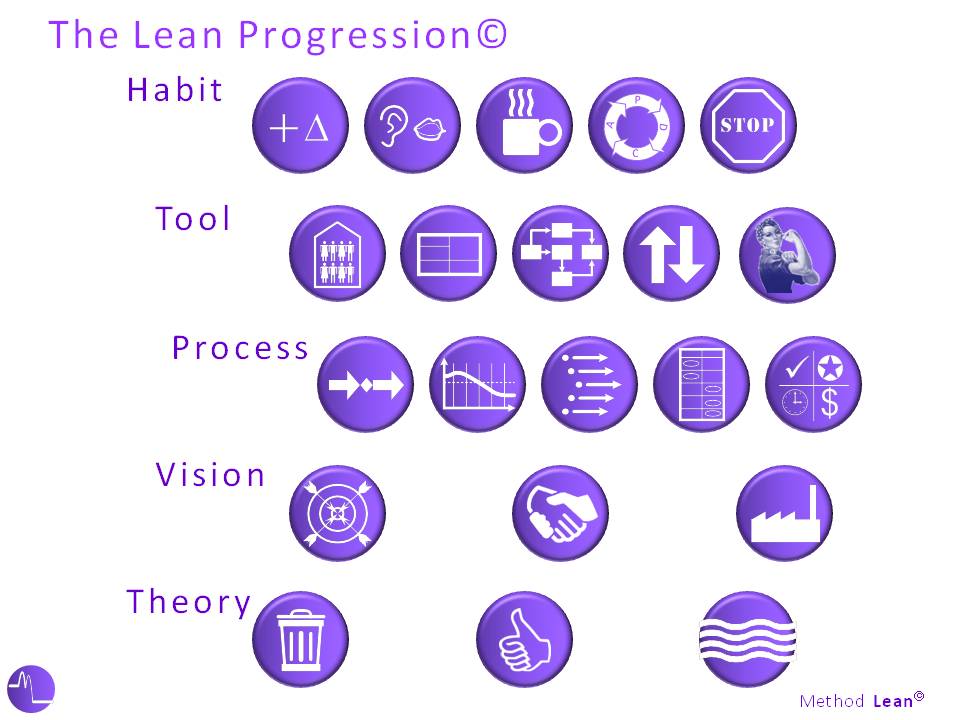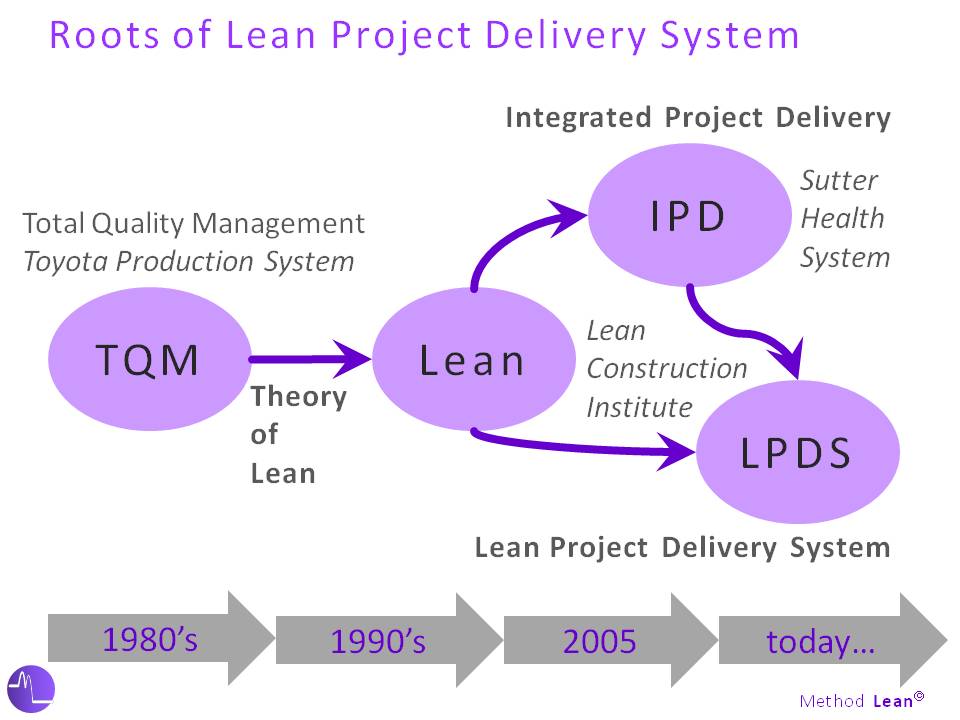LEAN MACHINE : Q&A with Sam Spata
An architect by trade, Sam Spata has spent the last 20 years of his career focused on helping the design and construction industry learn how to be “Lean”—officially. As a proponent of the Lean project delivery approach, he helps guide project teams in how to actually apply Lean theories to reduce waste, improve workflow and enhance value. Here Sam explains how Lean has evolved and what it means for modern design and construction.

How is the Lean approach different from other building design approaches?
Culturally, Lean respects the distinct contributions of each individual involved in development, design and construction. Everyone is entrusted to use their specific expertise in discovering and eliminating wasteful processes while delivering value to their customers in a collaborative way. Those who build bring that knowledge upstream, and those who design bring that knowledge downstream. Lean is a new way toward the old “master builder” concept but in this iteration, the “master” isn’t a single person, but rather a team working to make best-for-project decisions. Lean is both a system and a culture. As a system, it’s been adapted from manufacturing to make project delivery of buildings and infrastructure more efficient. But as a culture, Lean is focused on respect and relentlessly identifying and eliminating waste from the process so that the customer gets value.
How did this approach come into shape?
A number of people can legitimately claim to have been “present” at the creation. The one I got to know best is Greg Howell, co-founder of the Lean Construction Institute (LCI). In the early 1990s, Greg was among a few who saw the success of manufacturing approaches like the Toyota Production System as having potential in the design and construction of buildings and infrastructure. In the Toyota system, small, incremental improvements on every process build up over time into a competitive advantage. They tell their workers, if you see something wrong, pull the cord, stop the line and fix it. Then after a root cause analysis and changes to the system, the problem never arises again. Greg and others adapted this approach to develop a “Theory of Lean” for our industry. About a decade after founding LCI, that theory led to the invention of Integrated Project Delivery which, in turn, accelerated the development of the Lean tools, habits and processes we use today.
How did you become such a strong supporter of Lean?
My Lean journey began two decades ago when I was introduced to Total Quality Management. I was most impressed with TQM’s bedrock respect for the individual. But TQM never really caught on in our industry. My “aha” moment came in 2008 as part of a multi-billion-dollar project team in Sacramento. Lean processes were introduced, and I learned that a project is properly considered a “network of commitments,” and that the key to success is reliability. That resonated with me. I’d had some successful projects by that time, and the one aspect they had in common was the reliability of my project teams. So, I became a strong supporter of Lean because I see in it the best prospect for reliable project delivery, every project, every team, every time.
How is Lean different from integrated project delivery?
The short answer is that you can do Lean without IPD; you can’t do IPD without Lean. Integrated Project Delivery was a direct outgrowth of Lean, invented by Lean practitioners in response to skyrocketing healthcare construction costs in central California. IPD is a multi-party contract that mandates a project delivery culture of respect, trust and transparency. Lean, on the other hand, is the project delivery system. In other words, IPD is a contractual obligation; Lean is the method to meet it.

Where are you seeing Lean catching on most?
Without question, Lean has been adopted most successfully in the life sciences sector, primarily healthcare and higher education research facilities, since hospitals and labs were already using what are essentially Lean principles in their operations (efficiency, patient value, etc.). The West Coast had the most necessity early on with construction cost escalations, so Lean caught on there first. Now we’re seeing that geographic concentration of Lean in the west gradually make its way east. It’s taken a while, but it’s coming.
What challenges are there to adopting a Lean approach?
Adopting Lean means adopting change, which is always difficult and often overwhelming. That’s why I developed The Lean Progression©. It outlines the culture and system of Lean in five inter-dependent levels: Theory, Vision, Process, Tool and Habit. Practicing Lean requires new learning, and people need to understand why. That’s where hard numbers can help. Research by the Lean Construction Institute and Dodge Analytics demonstrates that Lean projects are twice as likely to be on budget and three times as likely to be on schedule. Those are powerful reasons for embracing Lean.
What is the role of construction in the Lean approach?
First, let’s remember that Lean is holistic and integrates design and construction. That said, each individual primarily contributes their specific expertise, albeit in a collaborative way. For construction, this expertise includes logistical knowledge regarding means and methods, constructability and site safety that the designers need to understand from the earliest stages.
What advice would you give a client or project team considering using a Lean approach?
First, understand that you are buying into both a culture and a system. Lean project delivery is a process, wrapped in a system, inside a culture. Second, consider how you will implement this change—through a single pilot project, through a subset of your organization as a test “studio” of sorts or all-in throughout the entire organization. Each has its advantages, depending on your goals. Third, you’re not alone. There is a Lean community of practice out there, ready to help. Contact the Lean Construction Institute to get started. Finally, pick the right consultant to facilitate your Lean journey with training and hands-on coaching.
